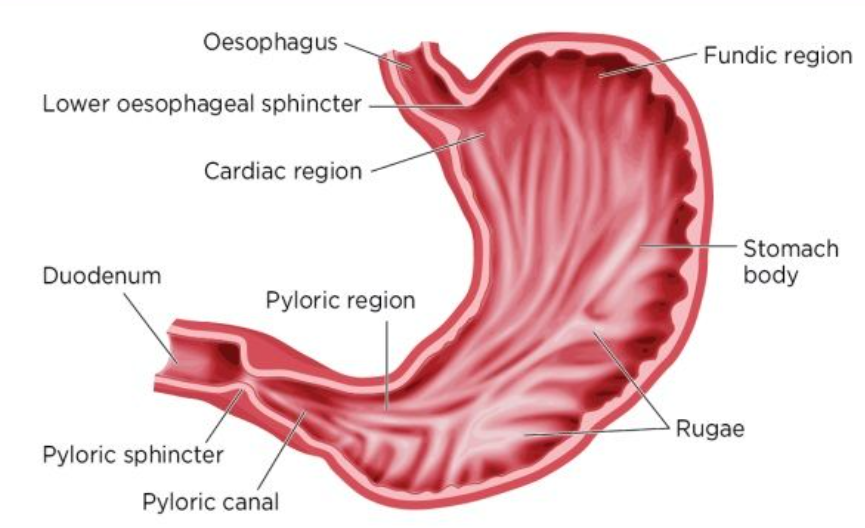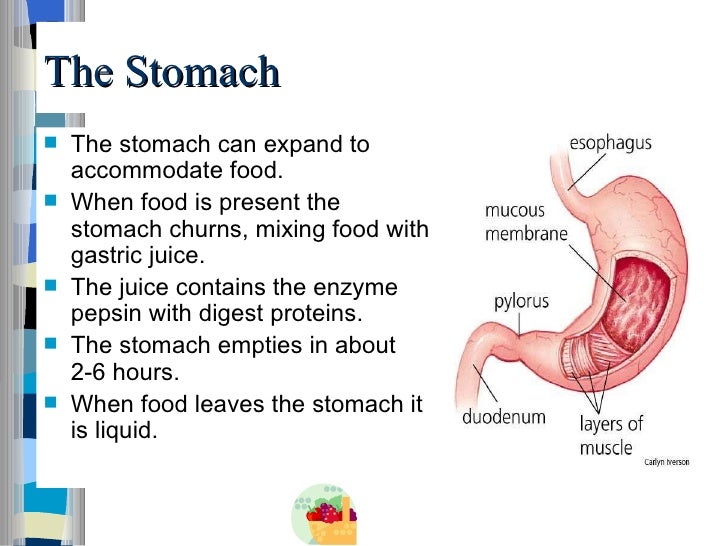The stomach of an adult can hold 1 5 liters of material

The Stomach of an Adult: A Reservoir of up to 1.5 Liters

The stomach is an incredible organ, serving as a pivotal component of our digestive system. It plays a vital role in breaking down food and facilitating the absorption of essential nutrients. Incredibly, the stomach of an adult is capable of holding up to 1.5 liters of material, making it a true reservoir within our bodies.
Understanding the Anatomy of the Stomach
Before we delve into the impressive capacity of the stomach, let’s explore its anatomy. The human stomach is a pear-shaped muscular sac located in the upper abdomen, just below the diaphragm. It is positioned between the esophagus and the small intestine, forming a crucial link in the digestive process. The stomach is composed of four main regions: the cardia, fundus, body, and pylorus.
The Cardia and Fundus: Welcoming and Temporary Storage
The cardia is the uppermost part of the stomach, which connects to the esophagus. It acts as the gateway for the food we consume to enter the stomach. Just below the cardia lies the fundus, which is responsible for temporary storage. It relaxes to accommodate the swallowed food, making it the initial region where the stomach begins its impressive capacity display.

The Body and Pylorus: Mixing and Controlled Emptying
Continuing our journey through the stomach, we reach the body, the central region. Here, the stomach churns and mixes the food with gastric juices, breaking it down further. This muscular activity, known as peristalsis, is instrumental in preparing the food for the next phase of digestion.
Finally, we arrive at the pylorus, the lower part of the stomach. It acts as a gatekeeper, controlling the release of partially digested food (chyme) into the small intestine. The pylorus regulates the rate at which the material enters the small intestine, ensuring optimal digestion and absorption of nutrients.
Impressive Volumetric Capacity
Now, let’s focus on the remarkable capacity of the stomach. On average, an adult stomach can hold approximately 1.5 liters of material. This is equivalent to around six cups or three pints of liquid. However, the stomach has the remarkable ability to expand even further if necessary. It accomplishes this feat thanks to its elastic and muscular nature.
The volume accommodated by the stomach varies depending on factors such as the type of food consumed and the individual’s overall health. The stomach can adjust its capacity according to the amount of food or liquid ingested. When empty, it collapses upon itself, taking up minimal space within the abdominal cavity.
An Efficient System
The enormous capacity of the stomach is not only a result of its physical size but also the efficiency of its muscular contractions. These contractions, referred to as peristaltic waves, help in mixing and breaking down food, ensuring maximum exposure to gastric juices for effective digestion. The consistent movement of the stomach prevents food from lingering, promoting a continuous flow through the digestive system.
Conclusion
The stomach’s ability to hold up to 1.5 liters of material is truly astonishing. Understanding its anatomy and the process of gastric mixing gives us a deeper appreciation for its role in our overall digestive health. So, next time you sit down for a meal, remember the remarkable capacity of your stomach as it efficiently works to break down and process the food you consume.
Tags
Share
Related Posts
Quick Links
Legal Stuff

